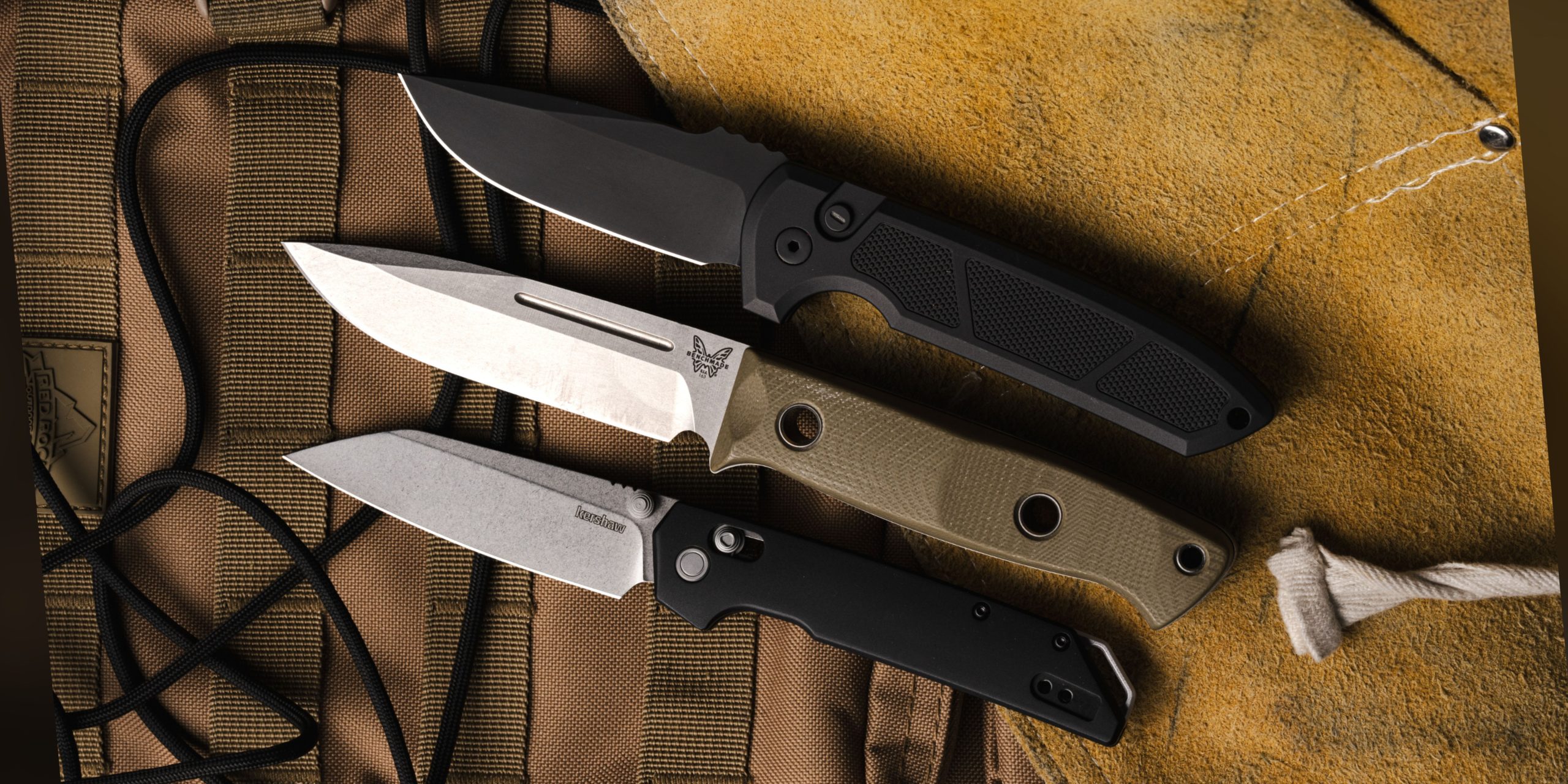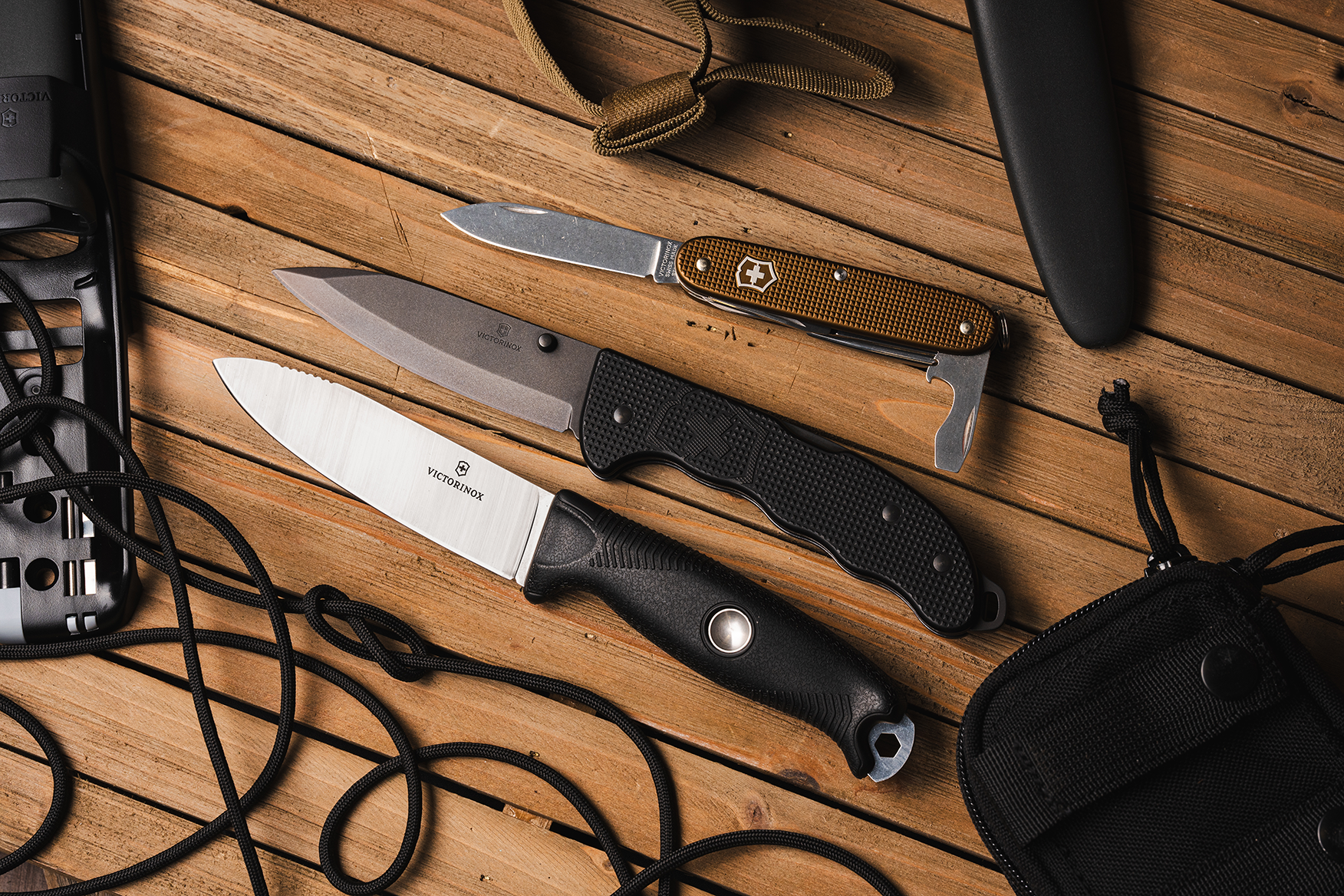
Summer is winding down to a close. It’s a sad but true eventuality. The leaves change, kids head back to school, and that means your bug-outs are going to change a little bit too. To truly be prepared for whatever the wilderness can throw at you, you have to adapt. Be ready for anything. And that means you need to adjust to the changing weather. As the weather begins to get colder, one piece of knowledge becomes vitally important. And that is, how to start a fire. Any survivalist worth his or her salt should know how to get a fire going. Fires are more than just a source of heat, even though that is incredibly important. They provide a place for you to prepare your food, and they are even a light source in the otherwise pitch black of night. You can go with the old boy scout way of rubbing sticks together and hoping for the best and that’s fine, or you can really educate yourself on different tactics and make the most of your next bug out. So what’s the best way to get your fire going? Well, there are several options. And it seems like each person has their own personal favorite. So it’s important to try them all and see what works best for you.
First, you are going to want to make sure you have a “designated area”. A small hole or circle of rocks. This can assist in making sure your fire does not get out of hand once you get it going. You don’t want it burning down your entire camp. You may have a fire, but if you don’t have anything else, that could be problematic and potentially dangerous. Ultimately, you are out in nature, don’t burn it down, please.
Once you have a designated area, it’s time to collect your required materials. The best option when it comes to starting a fire will always be dry materials. Evaporation requires a lot of energy, and it will quickly wipe out your fledgling flame. It’s important to find something dry, to get the best result. First you are going to want to find some good, dry tinder. Tinder is quick to catch fire, assisting to spread it to the rest of the materials. Tinder will burn quickly, so don’t rely entirely on tinder, otherwise your fire will be out before you know it. A fantastic way to get tinder is by whittling away at a stick, creating “shavings”.
Next you are going to want to get your kindling. If you move from kindling to fuelwood, you will smother your small flame. You are going to want to bridge that gap. A catalyst to get the small flame, to the larger pieces of wood. The best way to do that is with kindling. Kindling is usually small sticks and twigs, about the size of your finger. Kindling will assist in spreading that fire around the base of your fire bed.
Next we have the main wood. This is what is going to keep your fire going for the long haul. A common mistake is to assume you need giant logs to really feed the flame. The bigger the log, the longer it will take to get going, and the higher the chance the middle is still wet. So maybe go for something a bit smaller, but still bigger than kindling. A good rule of thumb is, if you can wrap your hand around and it touch pointer finger to thumb, you are in good shape. But this isn’t to say that larger logs are bad. A good fire starter would include a bit of both, so by the time the smaller logs have burnt out, the larger log is just getting started.

Next comes building the actual fire. For this, you have several options. The first is the teepee lay. This is where you prop the fuel wood up, mimicking a teepee, burning from the inside out. Eventually, the teepee will fall. That’s a great time to get more fuel-wood for your fire.
Next you have the log cabin lay. This is similar to building with those Lincoln logs we all had as kids. Building a small structure, starting the fire in the middle, and letting it burn from the inside out. This will also eventually collapse, signaling you get more fuel for your fire.
Another fantastic way, that has recently become a bit more popular, is the Swedish torch. This consists of taking a large log, and cutting through it similar to how you would cut a cake or a pie, but making sure you don’t go all the way through. Next, you slightly pull apart the pieces, gaining access to the middle. You place your tinder inside and starting your fire there, thus the fire will burn from the insight out, lasting longer than most other designs.
When it comes to actually starting the fire, again, you are faced with several options. We have all seen in the movies, the Boy Scout method. Rubbing two sticks together until a small flame erupts. This is a great option. But in my personal opinion, you can’t go wrong with an actual fire starter. Often times these great tools will last for years, always producing a spark. Even in wetter weather. You can also purchase quick starting tinder to assist as well. When paired together you are guaranteed to get your fire going quickly.
Lastly, always be sure to put your fire out properly. I’m not trying to sound like Smokey the bear, but please be responsible. Too many fires rage out of control due to improperly managed fires. Be safe. Be Smart. And be responsible.
Do you have any tried and true tricks to getting your fire going? A personal favorite method? As always, let us know in the comments below.
<< Back to Shop
Learn Knives
Copyright ©2022 Blade HQ. All rights reserved



